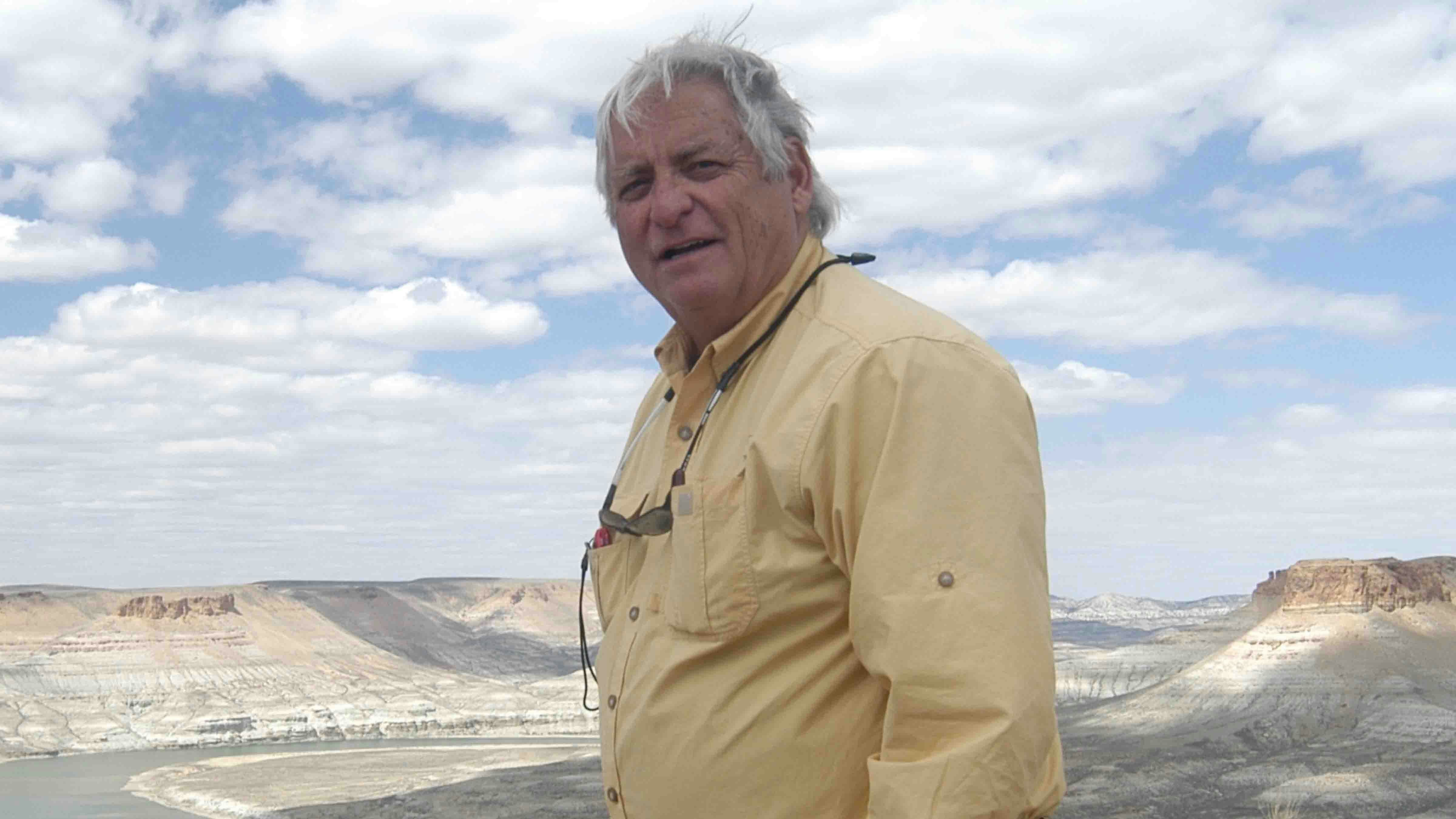By Cat Urbigkit, Range Writing columnist for Cowboy State Daily
A French composer on a trip to Canada’s Northwest Territories to record the sounds of nature was attacked in his tent in the middle of the night and killed by a grizzly bear earlier this month. Such an unprovoked attack is rare, according to wildlife officials, although large carnivore attacks on humans are on the increase worldwide. Grizzly bear attacks on humans in Wyoming are part of that worldwide trend.
A new paper published in the journal Scientific Reports examines brown bear attacks on humans worldwide between 2000 and 2015. The report reinforces what we already suspected: attacks have increased significantly and are more frequent at high bear and low human population densities.
Researchers tallied 664 attacks on humans during the 15-year study period, including 183 in North America, 291 in Europe, and 190 in Russia, Iran and Turkey. There were more than 60 other attacks in Japan, Nepal, and southeastern Europe in which not enough information was available for their inclusion in the analysis.
The attack rate is about 40 attacks per year globally, with 11 attacks per year in North America, 18 per year in Europe, and 19 per year in the East (Russia, Iran and Turkey). About 14 percent of the attacks resulted in human fatalities, including 24 deaths in North America, 19 deaths in Europe, and 52 in the East (Russia, Iran, and Turkey). Of the brown bear attacks causing human injury in North America, 51 occurred in Alaska, 42 in British Columbia, 29 in Wyoming, 25 in Montana, and 18 in Alberta.
Globally, attack victims were almost exclusively adults, and most attacks occurred while the person was alone, during the summer, and in daylight hours. About half the attacks were categorized as encounters with females with cubs, while 20% were surprise or sudden encounters.

Interestingly, there were 15 attacks classified as “predatory” in which a predator attacks a human as prey: 9 in Russia, and 6 in North America. The bear attacks at the Soda Butte Campground just outside Yellowstone National Park in 2010 involved a sow grizzly killing a man camped alone in his tent, and injuring two other people in other campsites the same night, in what was deemed predatory attacks. The next summer, a female grizzly with cubs killed a man in Yellowstone National Park in what was then viewed as a defensive attack, but the same sow was linked to the death of a second man a month later in which the man’s body had been partially consumed.
Romania
Some Greater Yellowstone bear advocates point to Romania as an example of bear-human coexistence, noting that Romania is roughly the same size as the Yellowstone region, but hosts a bear population 10 times more numerous. Not surprisingly then, when it comes to brown bear attacks on humans, that almost half of Europe’s total number of attacks happen in one country: Romania. It’s worth a quick history lesson.
Beginning in the mid-1960s, communist dictator Nicolae Ceausescu worked to rid the Romanian countryside of its human residents by “collectivizing” farms and razing entire villages, forcing residents into “state-controlled urban hives,” as David Quammen wrote in The Atlantic more than a decade ago.
Under Ceausescu’s leadership, brown bears thrived. For decades, Romanian gamekeepers tended to hundreds (if not thousands) of feeding stations for bears, keeping bears numerous and fat so that the dictator and his party elite could have trophies to shoot from the comfort of nearby blinds – all the while the few remaining rural residents were prohibited from having guns.
After Ceausescu was deposed and executed in 1989, hunting of brown bears was opened to rich foreigners willing to pay tens of thousands for a trophy, but that lasted only a few years. The hunting of any large carnivores in Romania was halted in 2016, with few exceptions. More than 40 bear attacks on humans were recorded in Romania in 2017, and three people have already died this year due to bear attacks. Half of the Romanian attacks in the 15-year study involved bears attacking adults who were working outside; shepherds tending flocks, drovers with their cattle, and farmers working the landscape.
Self-defense tools are rather limited since gun ownership is extremely restricted in Romania, and although it’s legal to carry bear spray, it is not a common practice. In many European countries, pepper spray is illegal or its use is tightly regulated.
The researchers found at a global scale, bear attacks are more frequent in regions where the human density is lower and bear densities higher, and that attacks are also more frequent where recreational activities in bear areas are more common. In Europe, that might be people hiking or gathering berries, but in Wyoming, it tends to be hunters seeking large game.
Legal protection has resulted in recovery and expansion of brown bear populations worldwide, with more than 200,000 brown bears now in existence. As grizzly populations continue to expand their range, it’s important for recreationalists in shared territory to be ever-mindful of grizzly presence.

The U.S. Fish & Wildlife Service recommends that if you surprise a grizzly bear at close range, drop a nonfood item (like a hat or bandanna) on the ground and slowly back away. Speak softly, but avoid eye contact, and never run from a bear. If the bear charges, remain standing. Carry bear spray and be ready to use it. If a bear makes contact with you, drop to the ground and play dead.
That’s what we’ve been trained to do in grizzly country when it comes to surprise or defensive encounters.
But a predatory bear is a different beast, and requires the opposite tactic. If a grizzly bear approaches a human in a persistent manner, with head up and ears erect, behaving in a curious or predatory manner, you need to be aggressive and fight back.
Predatory bears do not give warning signals or use threat displays or bluff charges to attempt to scare you away, as a defensive bear will, according to the Wyoming Game & Fish Department. A predatory bear will demonstrate keen interest in a person, often quietly and intently approaching, eyes locked on its target. Predatory attacks end only when the bear is overpowered, scared away, injured, killed, or kills you. If a bear attacks a person at night in a tent, fight as hard and loudly as you possibly can.
Remember the general rule: Play dead for a defensive attack, but fight for your life in a predatory attack. The fact that predatory attacks on humans are rare is of little comfort when confronted with a predatory animal.
For more in what to do in a bear encounter, read this from the Wyoming Game & Fish Department’s recommendations.
Cat Urbigkit is an author and rancher who lives on the range in Sublette County, Wyoming. Her column, Range Writing, appears weekly in Cowboy State Daily.




